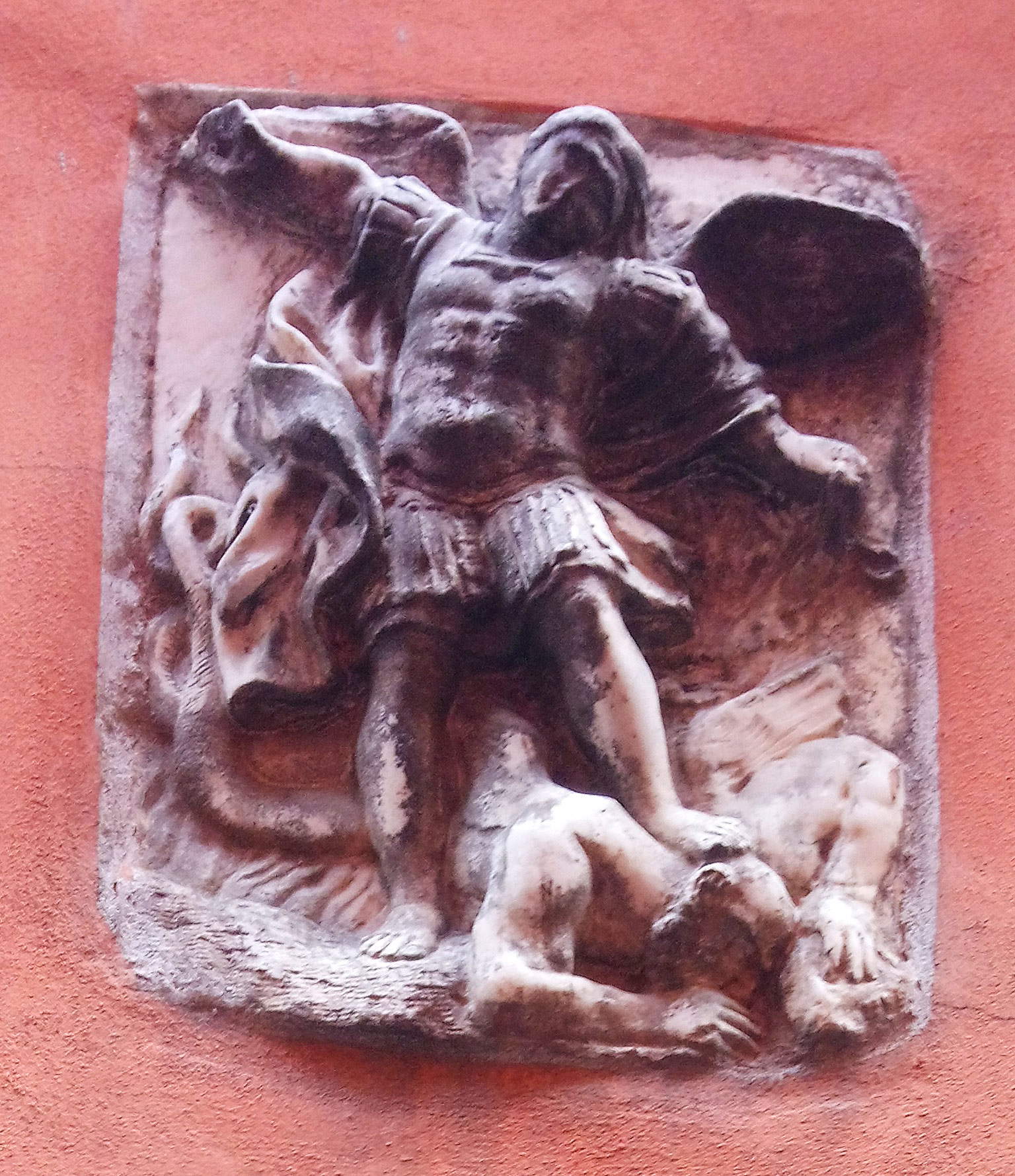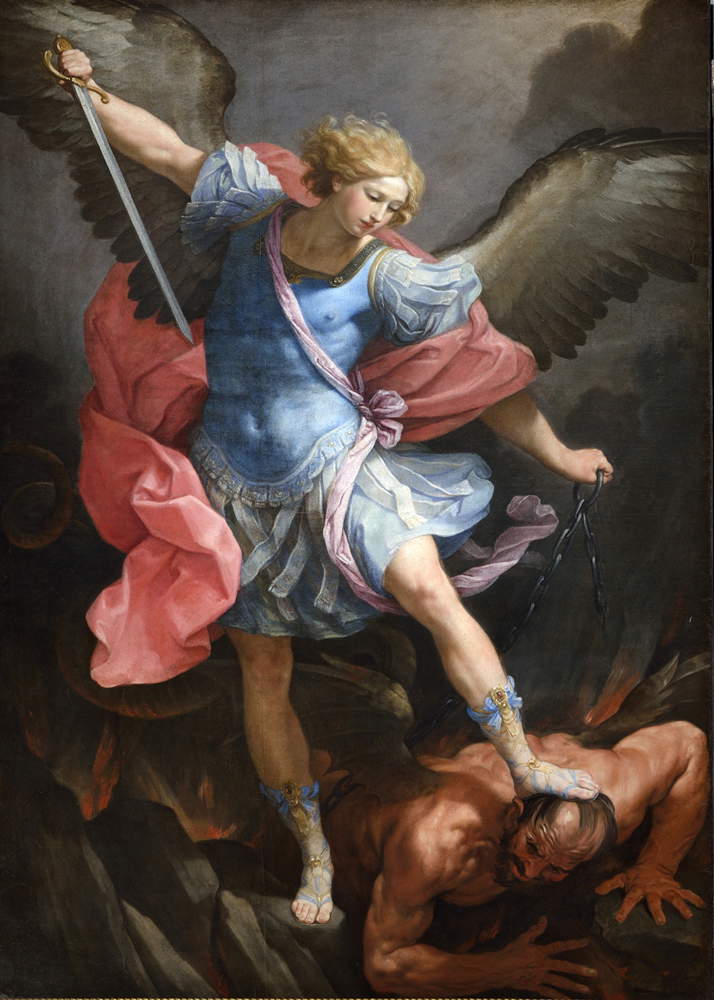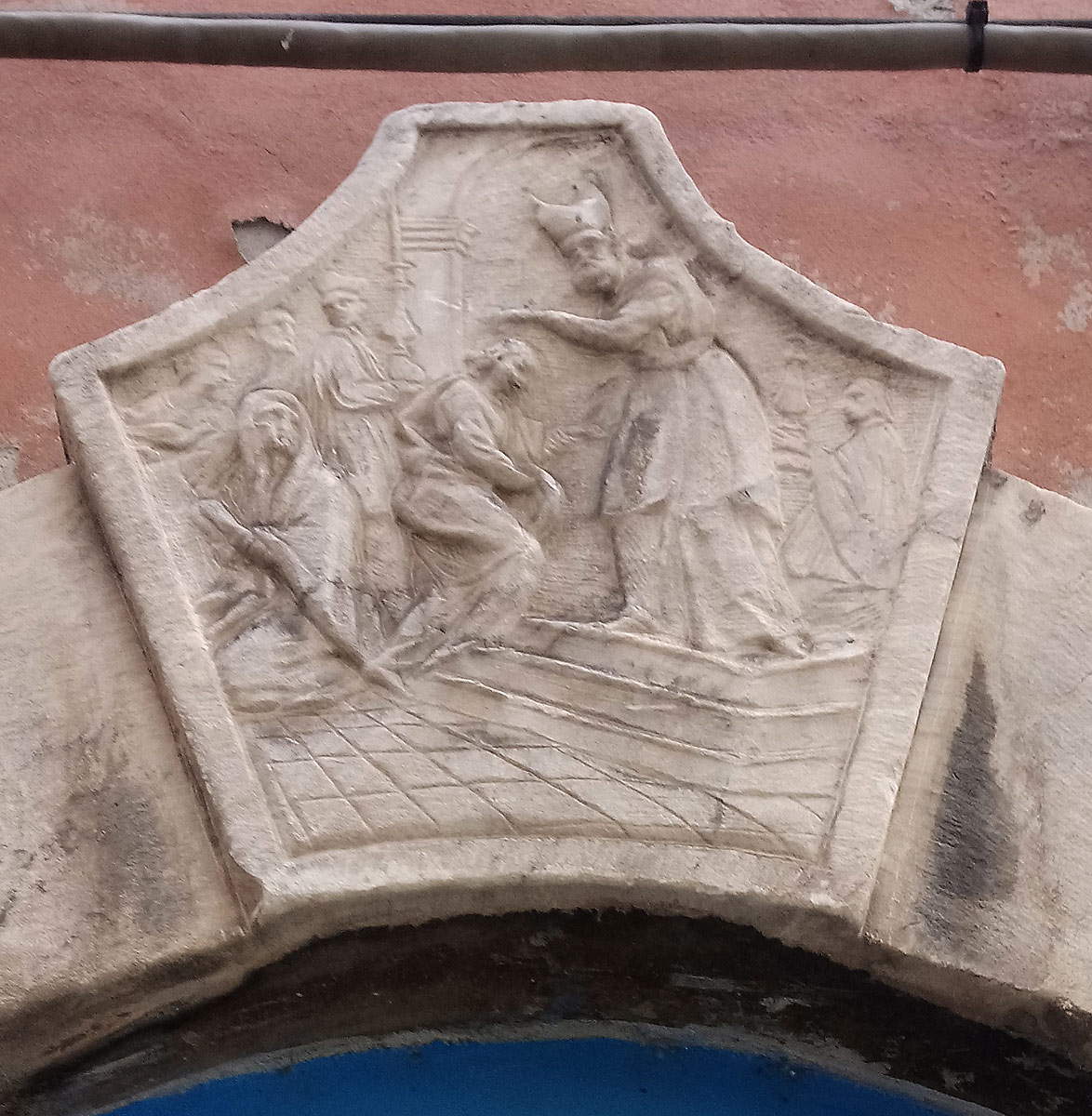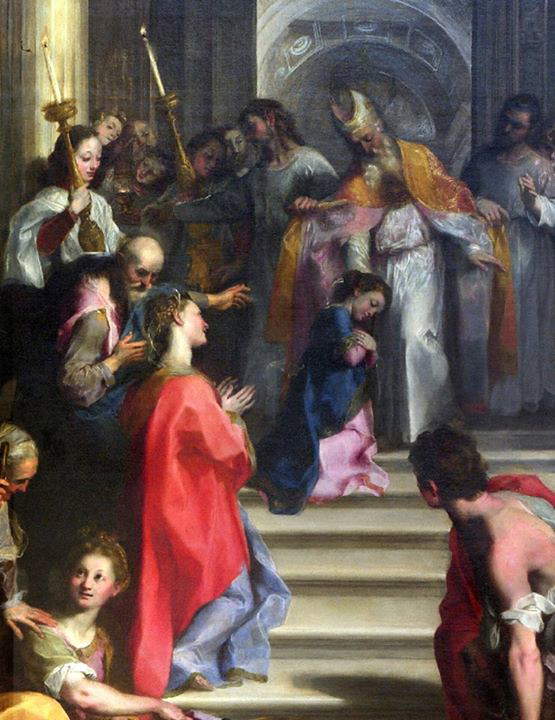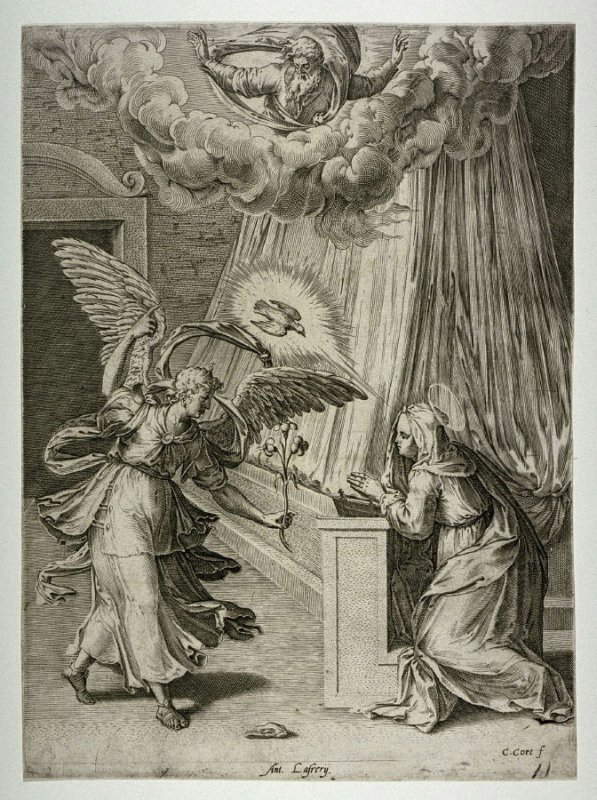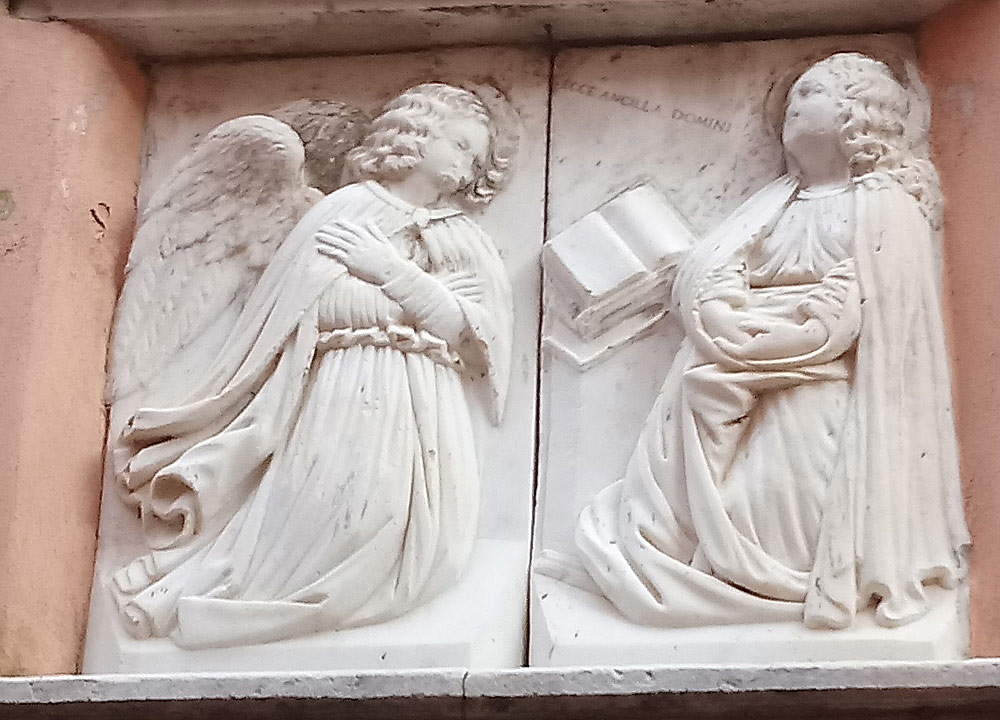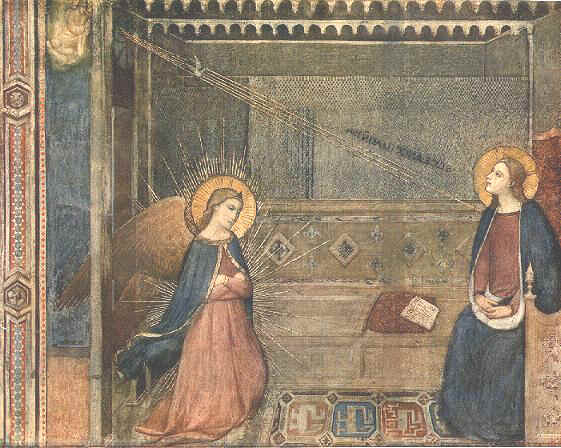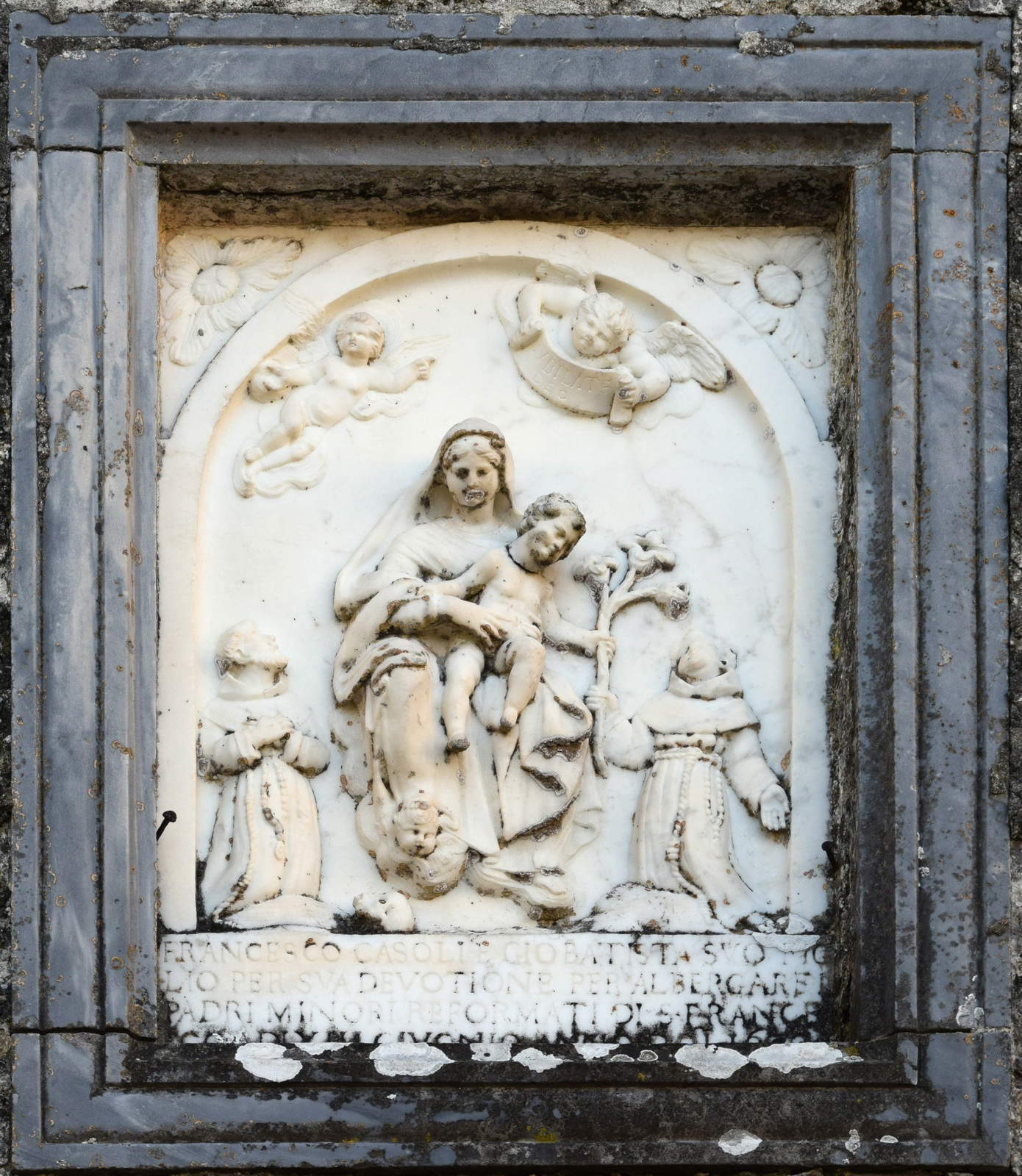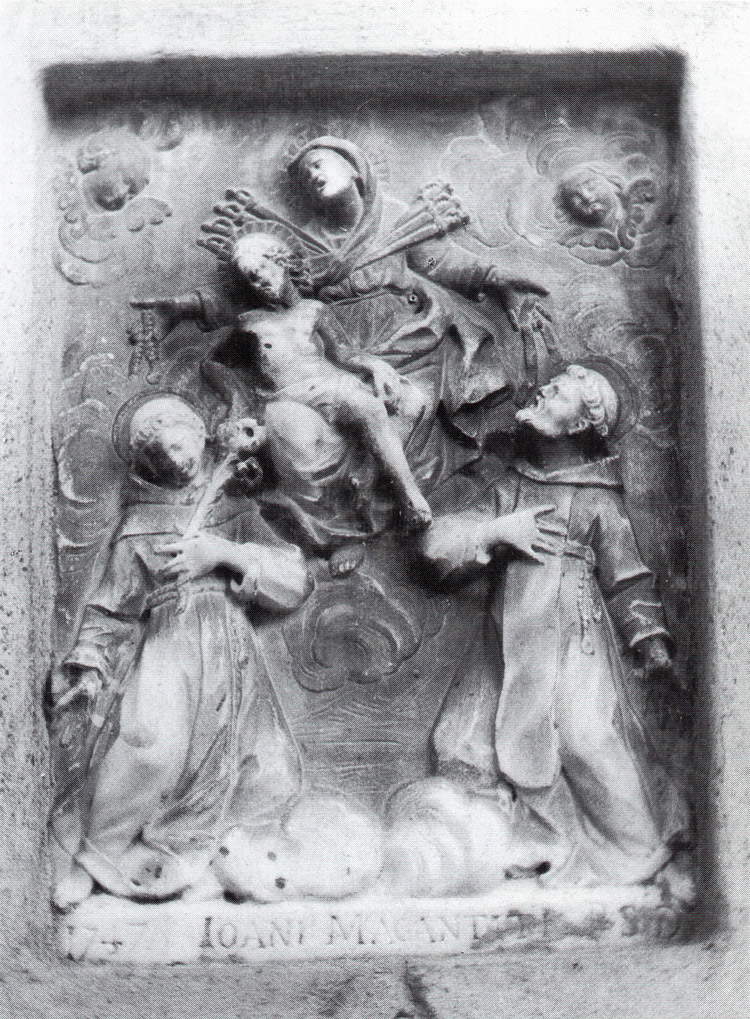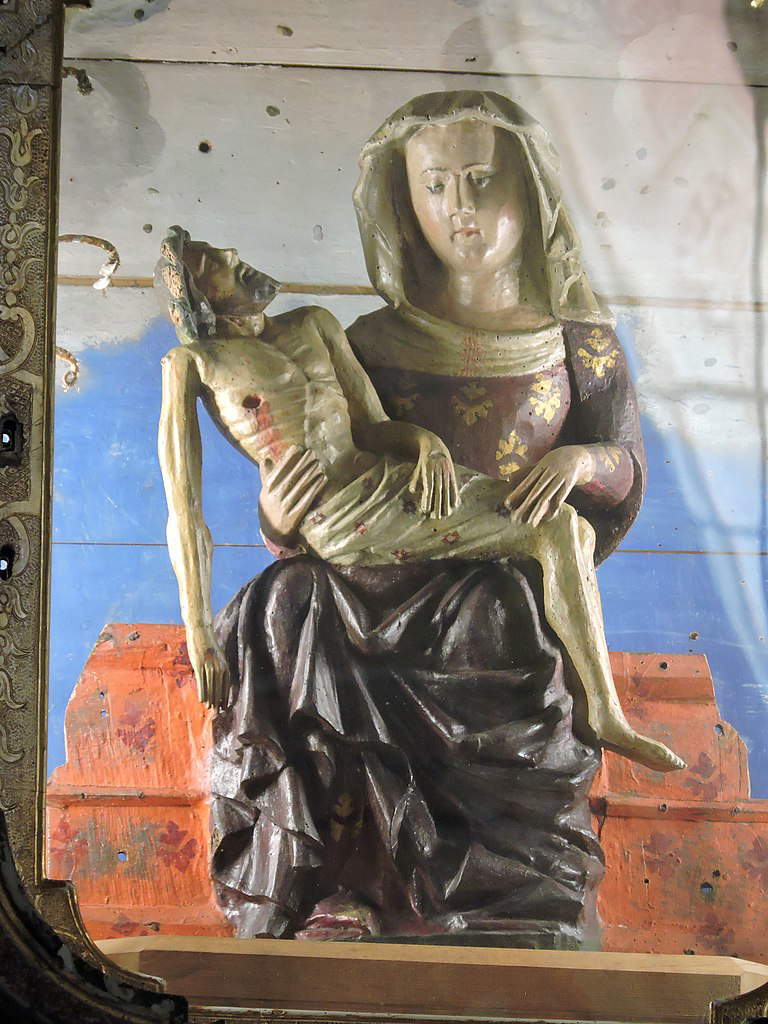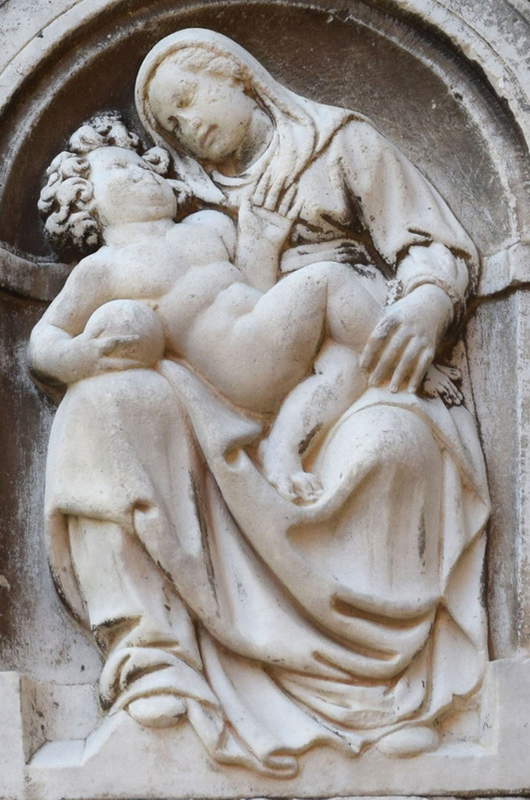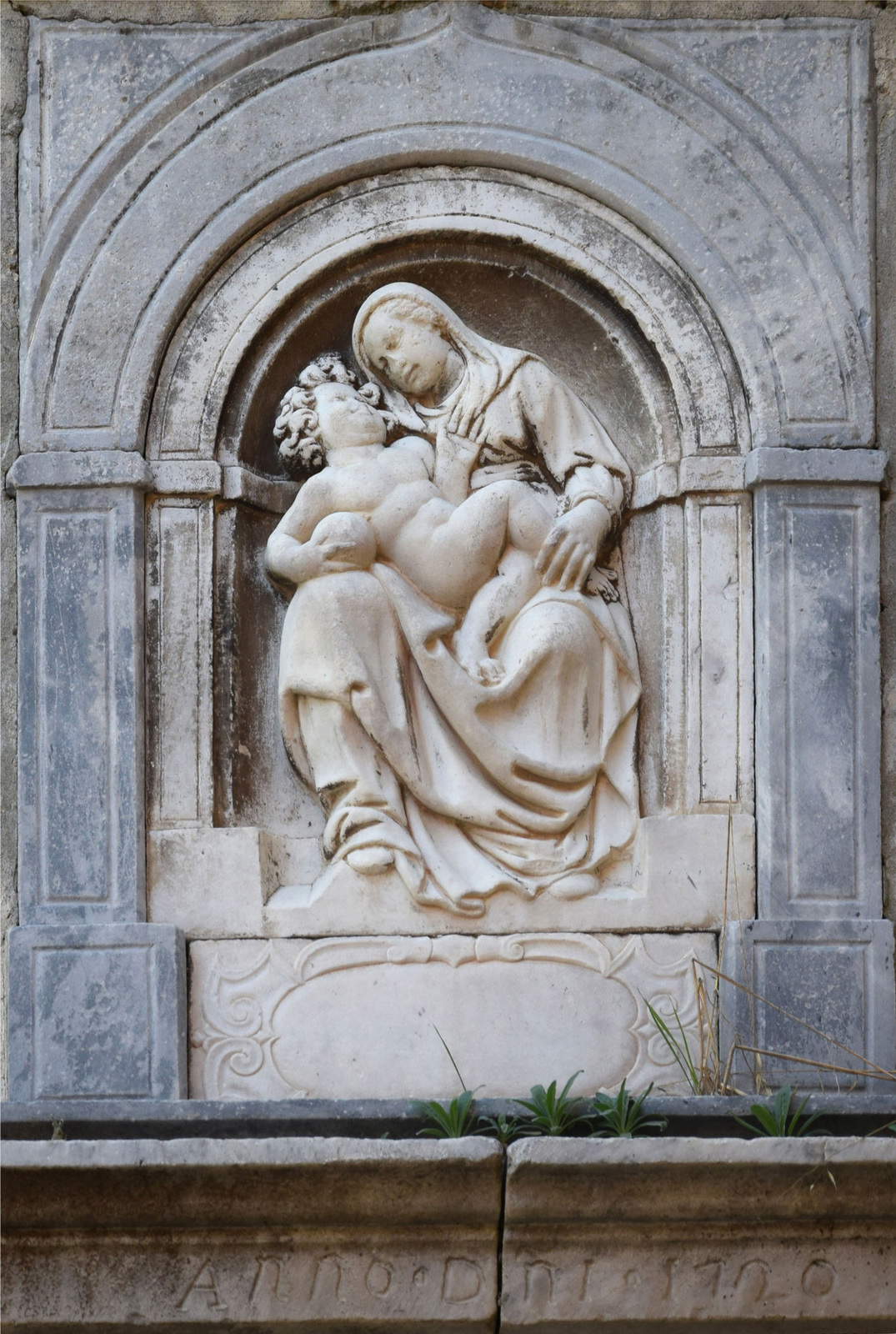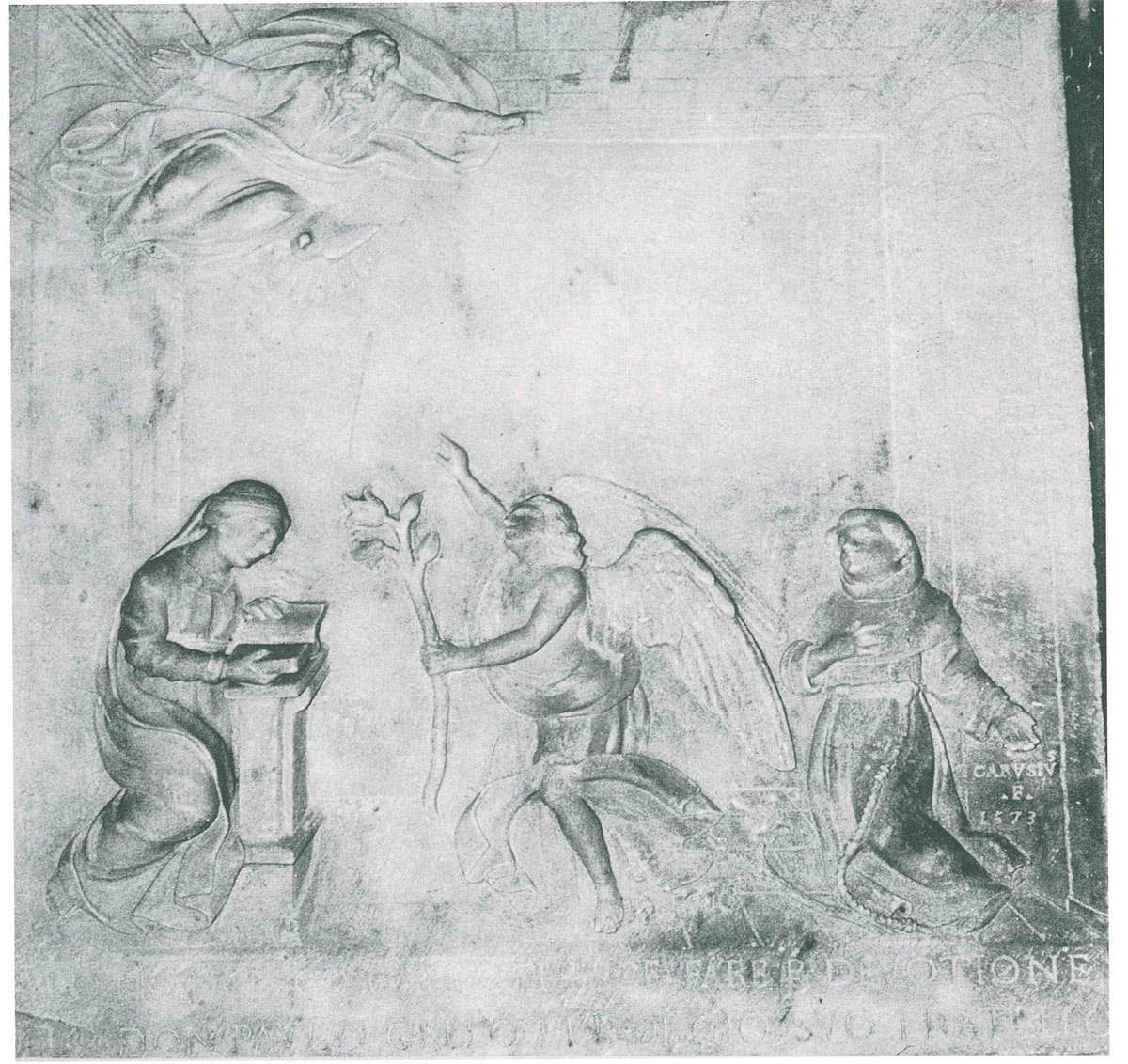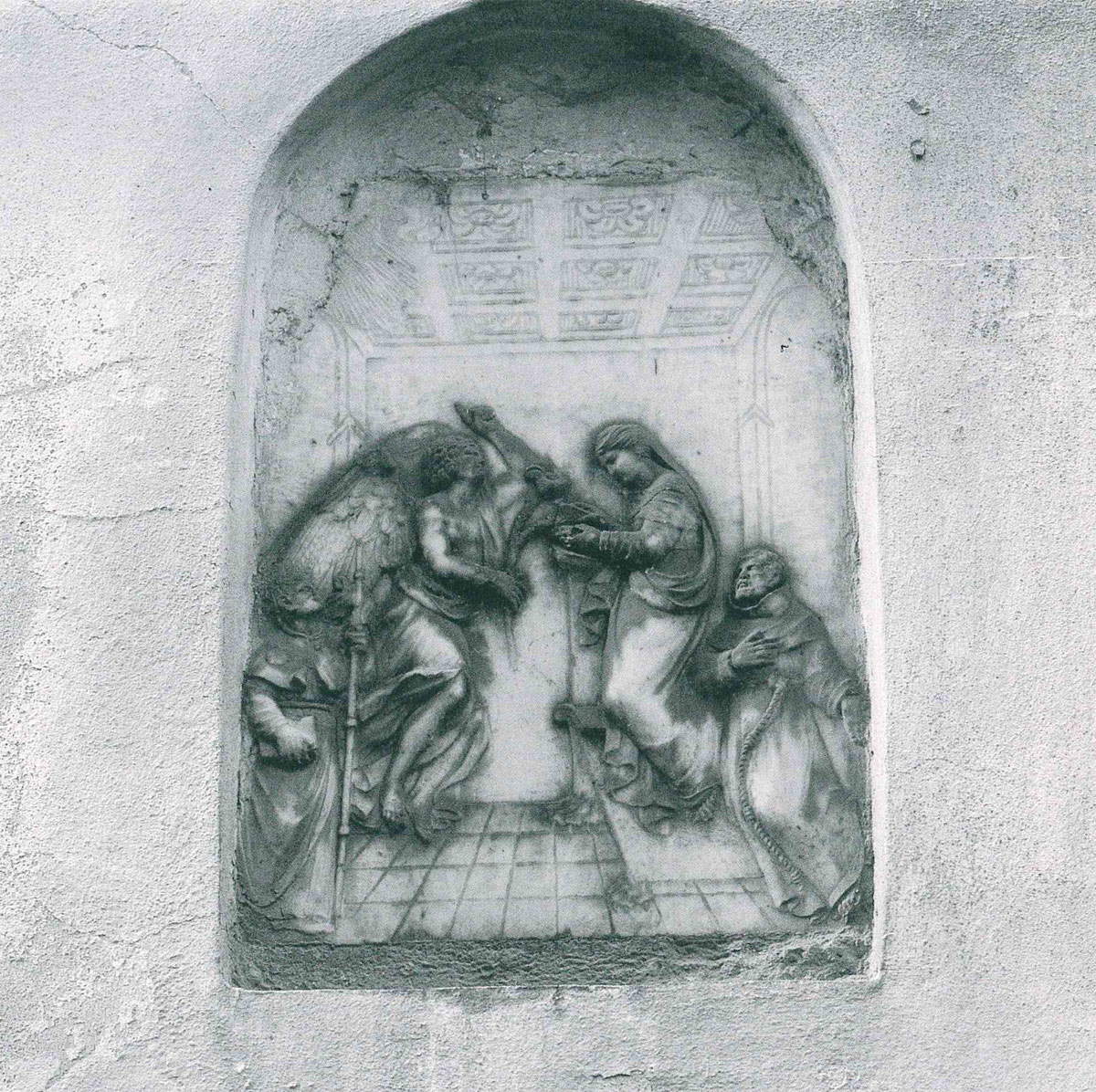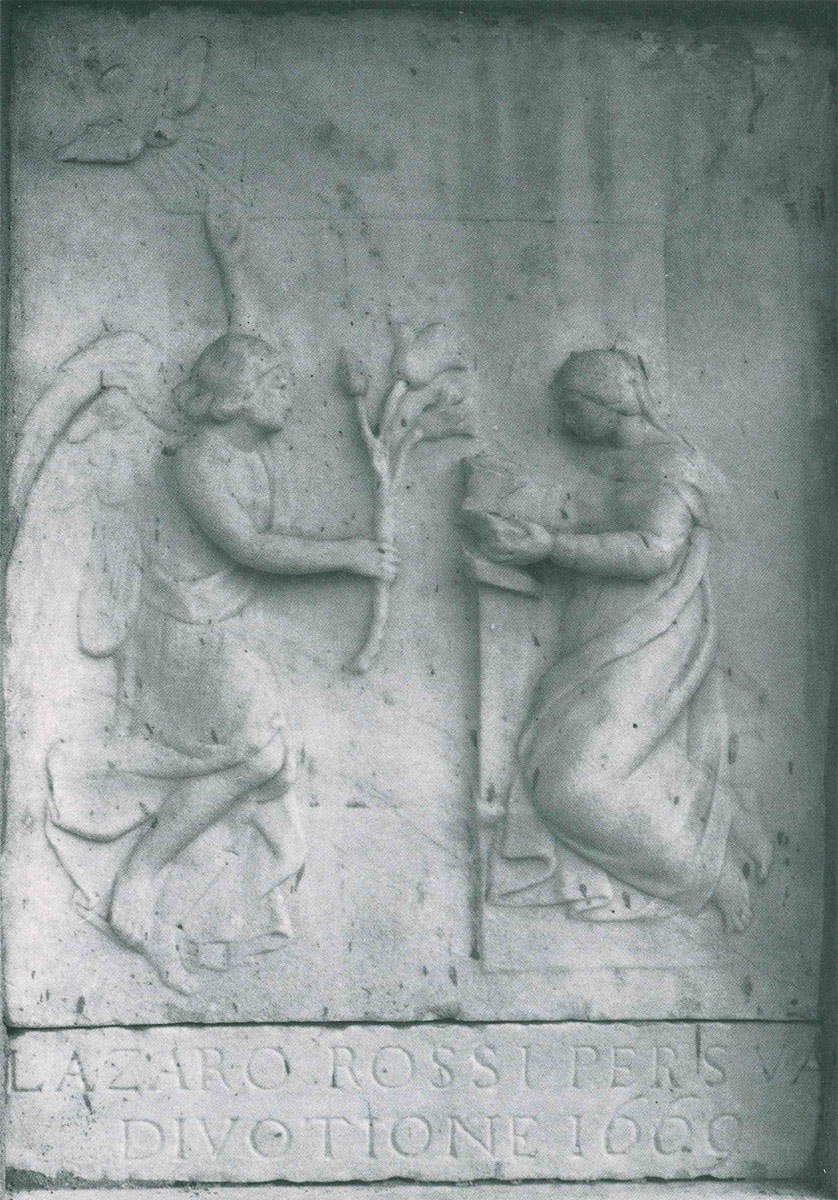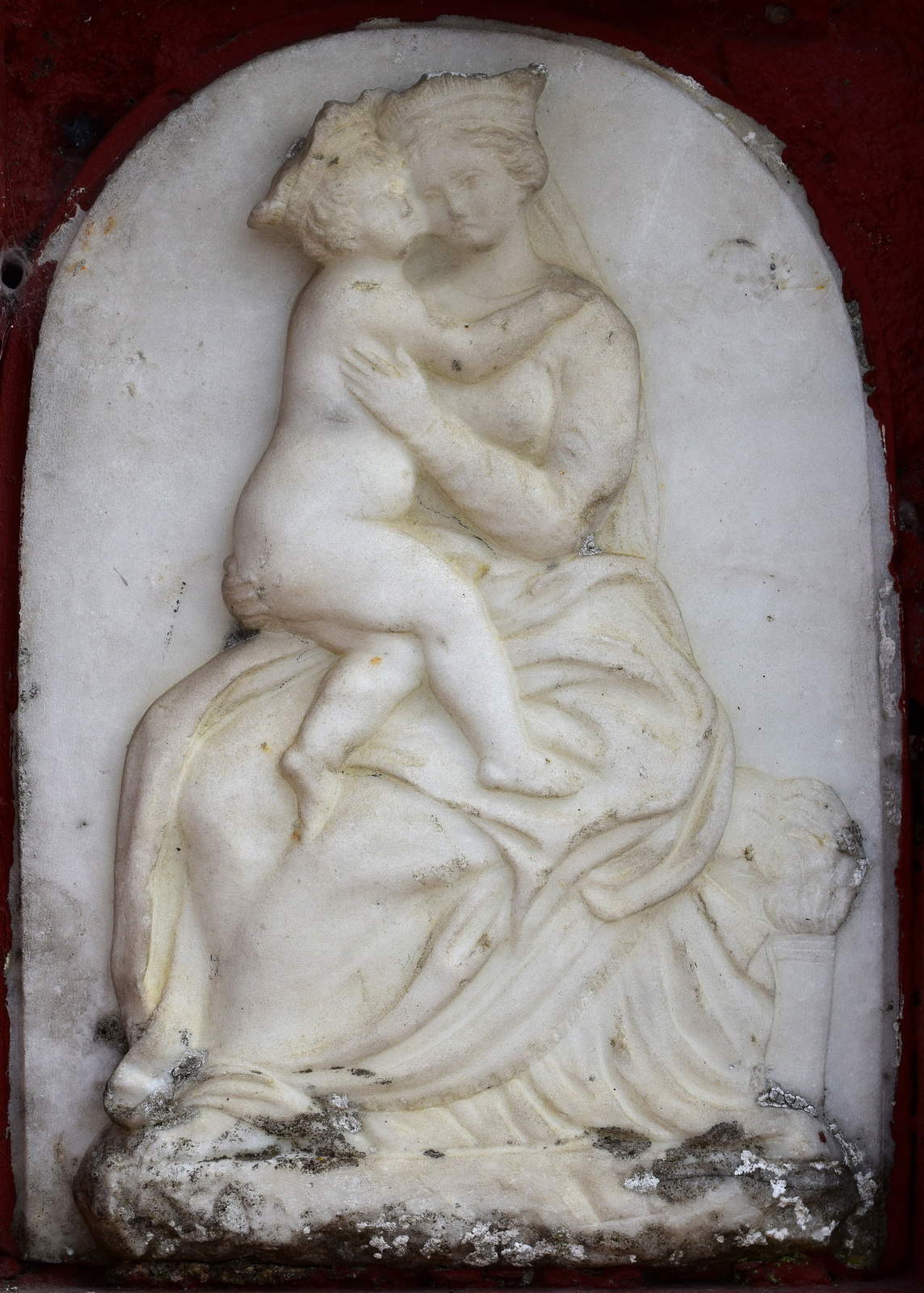by Federico Giannini (Instagram: @federicogiannini1), published on 28/01/2020
Categories: Works and artists
/ Disclaimer
The "majesties" are the votive marble bas-reliefs that dot the streets of the Apuan Alps and Lunigiana. An in-depth study in light of the latest reconnaissance.
"Prayers of stone." this is how, with this image of icastic immediacy, scholar Caterina Rapetti had renamed the majesties of Lunigiana in a study published in 1992, after a decade of reconnaissance in the area, aimed at surveying the Lunigiana portion of that extraordinary heritage of votive images that dot the streets, the alleys, the mule tracks of an area that, from the valley of the Magra River, extends northward bypassing the peaks of the Emilian Apennines along the valleys of the Taro, Enza and Cavalieri rivers and, in an easterly direction, reaches as far as the villages of historic Versilia and lapping the Garfagnana. By “majesties” we mean the small devotional bas-reliefs that were placed at street corners, on the facades of houses, on mountain paths or along the communication roads that connected villages and towns in this part of Italy. It is always on an exterior wall that we find a majesty, never in an enclosed place: should we find any in a church or any other building, it means that the relief was conducted there later, and that that was not its original location. And although the custom of displaying such simulacra along the streets has been attested since very ancient times, it was following the Council of Trent that it became widespread. The very term “Majesty,” Rapetti explained, recalls the ancestral roots of this practice: maiestas was the appellation by which, already in late antiquity (starting in the fourth century AD), saints and, more generally, Christian divinities were identified.
The exceptional multiplication of majesties from the second half of the 16th century onwards was justified on the basis of the very conclusions reached by the Council: these images, which represented mostly Madonnas and saints, were to be “signs of faith, inspiring elements of devotion” (so Davide Lambruschi), arousing pious feelings in those who observed them, spreading the values of faith, in accordance with the prescriptions of the Tridentine Church. “Our majesties,” Rapetti wrote, “must be placed in the context of the dispositions given by the bishops following the conciliar debate and the principles affirmed there, and from there they receive those prescriptions, even typological ones, that will characterize them for a long time.” These images also became, in essence, means of attracting the faithful. Indeed: their side-by-side with images of worship, that is, those that intervened in a public, collective dimension, and consequently codified according to precise rituals (majesties, on the contrary, were images of devotion, intended for private and collected adoration), was an effective means to ensure that the principles of faith established by the Council knew widespread propagation. Majesties are thus the most evident testimony of a religious culture different from the official one (these objects, moreover, were not even mentioned in ecclesiastical documents), but not separate from it and, indeed, complementary, one might say: Arturo Carlo Quintavalle, in the introduction to Caterina Rapetti’s study, interpreted them as products that of popularity had only the destination (and, of course, the often coarse character of the execution and reinterpretation of the archetype), since their models were almost always of a high, if not very high, level (“nothing ’popular’ in these products though addressed to the religiosity of all and nothing spontaneous: everything appears programmed well within the image civilization that we find in the churches and shrines of the area.”). It was, if we want to find a synthesis, a “global project of religious acculturation,” as Quintavalle called it, a “synthesis of courtly cultures,” aimed as much at the inhabitants of the most remote valleys of Lunigiana as at wayfarers in transit from these areas, which had always been lands of passage, as they still are today, a link between the north and the center of the peninsula.
There is then a further element to emphasize, also useful to reason about some of the insights introduced by Piero Donati in his most recent essay, Le maestà delle Apuane, published in the book Borghi paesi e valli delle Alpi Apuane, edited by Guglielmo Bogazzi and Pietro Marchini and released in 2019 by Pacini Editore: the adherence to Counter-Reformation instances that is also made manifest through the material with which the majesties were made, the marble of the Apuan Alps. “The growing favor with which [...] potential patrons [...] welcome the employment of white marble,” writes the art historian, “was not taken for granted and presupposes a not indifferent cultural change: by placing a marble image outside of places of worship (but always and in any case in places permanently accessible to view) the devotee attests to his own orthodoxy and, at the same time, his adherence to an aesthetic hierarchy that sees white marble at the top of the list. It is thus a rational devotion and therefore in line with the Tridentine canons, in which emotionality does not play a primary role.” And the commissioners, of bourgeois extraction (marble still remained a valuable material, and not everyone was given the faculty to spend on a work, even a small one, in marble), were keen to emphasize their sentiment: on most of the majesties appears the formula per sua devotione, which is accompanied by the name of the commissioner (there have, moreover, also come to us majesties commissioned by women). If marble is mentioned, it comes naturally to mind Carrara, which became the main center of production from which the majesties departed and spread to neighboring areas, and in the city itself it is possible to encounter some significant examples of how popular devotion reinterpreted the highest models of the art of the time. In Via Nuova, in the historic center, a St. Michael is an almost literal translation of the celebrated canvas that Guido Reni (Bologna, 1575 - 1642) painted in 1635 for the church of the Capuchins in Rome, and again a Presentation in the Temple takes the form of a vernacular revival of a Baroque model e, further upstream, in Colonnata, anAnnunciation that stands at the entrance to what is now a typical restaurant is probably modeled on an engraving by Cornelis Cort (Hoorn, 1530 - Rome, 1578), itself derived from an invention by Giulio Clovio. There was no shortage, however, of older reference models: in the center of Carrara, on the Grazzano slope, one comes across anAnnunciation that faithfully traces the fresco believed to be miraculous that a follower of Giotto painted in the mid-14th century and before which devotees pray today in the church of Santissima Annunziata in Florence.
 |
| Unknown sculptor, St. Michael the Archangel (17th century; marble; Carrara, Via Nuova). Ph. Credit Finestre Sull’Arte |
 |
| Guido Reni, Saint Michael Archangel (1635; oil on canvas, 295 x 202 cm; Rome, Church of the Capuchins) |
 |
| Unknown sculptor, Presentation of the Virgin in the Temple (17th century; marble; Carrara, Via Pellegrino Rossi). Ph. Credit Finestre Sull’Arte |
 |
| Federico Barocci, Presentation of the Virgin in the Temple, detail (1593-1603; oil on canvas, oil on canvas, 383 �? 247 cm; Rome, Chiesa Nuova) |
 |
| Unknown sculptor, Annunciation (17th century; marble; Carrara, hamlet of Colonnata). Ph. Credit Project The Majesties of Historic Lunigiana. |
 |
| Cornelis Cort (from Julius Clovius), Annunciation (16th century; engraving, 276 x 204 mm; San Francisco, Fine Arts Museums of San Francisco) |
 |
| Unknown sculptor, Annunciation (17th century; marble; Carrara, salita di Grazzano). Ph. Credit Finestre Sull’Arte |
 |
| Follower of Giotto, Annunciation (c. 1350; fresco; Florence, Santissima Annunziata) |
The echo of the new iconographic models that emerged during the seventeenth century and beyond would later reverberate on the production of majesties as well: it is therefore necessary to verify, Donati explains, whether the stimuli coming from Rome at the urging of the Cybo Malaspina family, dukes of Massa and princes of Carrara who at the time entertained close relations with the papal curia (think of Alderano Cybo-Malaspina ’s cursus honorum and his role as a promoter of the arts, emphasized in recent years by the work of scholar Fabrizio Federici), also spilled over onto the “microcosm of majesties.” To this end, the Ligurian scholar introduces a comparison between a Madonna and Child with Saints Francis and Anthony from 1676, located in Marciaso, near Fosdinovo, and a Virgin in Sorrow with the Dead Christ and Saints Anthony of Padua and Simon Stock, a work from 1747 placed on top of a portal in Argigliano, near Casola in Lunigiana. The compositional scheme, despite the eighty years between sculptures, is the same, but new elements animate the Argigliano slab, starting with the more naturalistic proportions of the figures (in the Marciaso slab the sculptor had instead followed a hierarchical relationship), except for the body of the dead Christ, whose dimensions are visibly smaller than those of the other figures. Donati explains this peculiarity on the basis of the widespread cult of the Madonna of Soviore, a Pietà from the northern area that Gianluca Zanelli has dated to about 1420-1425 and which is preserved in the sanctuary of Soviore, in the hills behind Monterosso al Mare. In the 1740s the building was enlarged and renovated: this was the era that preceded, writes Donati, "the solemn coronation of the cult image decreed in 1749 by the Chapter of St. Peter’s Basilica in Rome, and it is probable that the majesty of Argigliano constitutes a precious testimony to the fervor that accompanied the growth of this cult." There is therefore evidence that the majesties responded to what was happening in the main places of worship, and were able to do so by developing an autonomous language.
Several other factors may justify the vast fortune that majesties encountered: Donati, already in an essay included in his volume Marmora insculpta, per sua divotione, published by Luna Editore in 1998, listed at least two others. The first would be found in the reforming action of Giovanni Battista Salvago (Genoa, 1560 - 1632), who was bishop of Luni between 1590 and the year of his death, 1632: a forty-year period during which the prelate sought to renew the dynamics of the local cult (and proof of this is his activity around the cross of Guglielmo at Sarzana, which today we consider among the greatest masterpieces in the history of Western art, but which then, in 1602, became the object of heartfelt popular devotion following a shift in its location, desired by the bishop himself). The second, which has already been quickly alluded to, is instead the growth of interest in marble as a means of artistic expression: suffice it to think of the weight that the noble material assumed in Baroque Rome, to get an idea of the importance that patrons attached to it. And this assumption was as valid for the center as it was for the periphery: for the Lunigiana, indeed, it was a considerable change of mentality compared to the past, since these areas were accustomed above all to painted images, rather than to sculpted ones. The beginnings of the phenomenon of majesties coincide, as one might expect, with the period in which we find the most valuable works: an example is a Madonna and Child found in Nazzano, a district on the outskirts of Carrara, dated 1598 and bearing the name of the commissioner (“Andrea di Meneghino Raggi”): an important icon in that it is capable of fixing a typology (the seated Madonna with her right knee slightly raised to better support the Child, who is in turn depicted nude, lying down, twisting toward his mother, with his legs crossed and elbows bent), which would be taken up in numerous other majesties in the area. One of these is presented by Donati in his 2019 study: it is a majesty that recently emerged in Forno, a village located among the mountains surrounding the city of Massa. Placed in a niche worked with a certain refinement, the Madonna and Child from Forno is a work of even higher quality than the one from Nazzano, distinguished by drapery and care for volumes and movement that presuppose, according to the scholar, “knowledge of the solutions in vogue in the Florentine environment of the late 16th century, dominated by the charismatic figure of Giambologna.” More composed, on the other hand, is the Nazzano Madonna, which would look instead “toward Genoa, namely toward the rigorous and essential style dominant there in the eighth decade of the 16th century, well embodied by Taddeo Carlone.”
For some of the majesties of the highest stylistic level (although it is necessary to make a leap of more than seventy years from the two just mentioned to arrive at a time when majesties knew wide circulation) it is also possible to trace the name of the only known sculptor of majesties: it is Giovanni Carusi (documented from 1676 to 1706), a sculptor originally from Moneta, a suburb in the hills of Carrara, father of Fabio Carusi and maternal grandfather of the great Giovanni Antonio Cybei (Carrara, 1706 - 1784), among the greatest European sculptors of the 18th century. Several majesties can be traced back to Carusi, according to Donati, based on the only slab signed by him (“CARUSIUS.F.1673”), located in Tresana, in Lunigiana: it is an Annunciationwith St. Anthony of Padua stylistically similar to anAnnunciation with St. Augustine found in Levanto, to anAnnunciation that can be admired in Castelnuovo Magra, and to anAnnunciation with Saints Rocco and Anthony of Padua, on the wall of a building in Via Finelli in the historic center of Carrara, valuable for the setting scaled in depth, with an interesting coffered ceiling. All works share certain characteristics: the “tendency for the figures to float, floating in space,” the “perspective refinement,” the “attention to detail.” Elements that are not so taken for granted, when one considers that majesties were often products that were anything but superfine.
 |
| Unknown sculptor, Madonna and Child with Saints Francis and Anthony (1676; marble, 70 x 45 cm; Fosdinovo, hamlet of Marciaso). Ph. Credit Project The Majesties of Historical Lunigiana. |
 |
| Unknown sculptor, Vergine addolorata con Cristo morto e i santi Antonio da Padova e Simone Stock (1747; marble; Casola in Lunigiana, hamlet of Argigliano) |
 |
| Unknown German sculptor, Pieta (c. 1420-1424; wood; Monterosso al Mare, Soviore Sanctuary) |
 |
| Unknown sculptor, Madonna and Child (1598; marble; Carrara, Nazzano district). Ph. Credit Project The Majesties of Historic Lunigiana. |
 |
| Unknown sculptor, Madonna and Child (late 16th century-early 17th century; marble, 45 x 35 cm; Massa, hamlet of Forno). Ph. Credit Project The Majesties of Historic Lunigiana. |
 |
| Giovanni Carusi, Annunciation (1673; marble; Tresana) |
 |
| Giovanni Carusi, Annunciation with Saints Rocco and Anthony of Padua (late 17th century; marble; Carrara, via Finelli) |
 |
| Giovanni Carusi, Annunciation (1669; marble; Castelnuovo Magra) |
The rapid extension of the phenomenon, during the course of the seventeenth century, caused a proliferation of themes: no longer, therefore, only images of Marian devotion (as were the majesties of the origins), but a conglomeration of types and motifs that soon joined the depictions of the Virgin which, however, continued to maintain primacy in the preferences of patrons. Piero Donati writes that the “first place” belongs to the image of Our Lady of Loreto, “both in the iconic version and in the more challenging narrative version, in which the Virgin and the Child, seated on the Holy House of Nazareth, move in flight (in stages, as is well known) to Loreto.” And speaking of narratives, there is no shortage of depictions of Gospel episodes: that of theAnnunciation is certainly the most successful, despite the fact that there is no lack of attestations of Crucifixions, Resurrections, Baptisms of Christ, Presentations in the Temple, both of Jesus and Mary (such as the one seen above), as well as, of course, a vast theory of saints linked above all to the communities in which they were venerated, a logic from which, however, the devotion to St. Anthony of Padua differs, who stands out by far among the other saints and is the most represented in the majesties, probably because of the link between the Portuguese saint and the Marian cult.
A further fact to note is the presence oficonographies linked to the territory. In his recent essay, Donati mentions two that gained prominence in the Massa and Carrara area: the first is the Madonna delle Grazie of Carrara, a type that originates from a 16th-century fresco, of modest workmanship, preserved in the church of the Grazie in the Apuan city, and which involves the depiction of the crowned Madonna seated on a throne, seen three-quarter (if not almost in profile) and full-length, caught in the act of holding the standing Child on her knees, with the right leg advanced and the left leg, on the contrary, set back. Majesties bearing the Madonna delle Grazie of Carrara are found not only in the city of marble, but throughout the whole area of diffusion of votive reliefs: one can also encounter them in Lunigiana, in the Vara valley (at Brugnato, at Rocchetta di Vara), in Garfagnana and Historical Versilia, along the ridges of the Apennines (at Berceto), on the shores of the Gulf of La Spezia. These are, for the most part, 19th-century images, that is, dating back to the time when the stone carvers of Carrara intensified a mass production that was able to satisfy a constantly increasing demand. The second, on the other hand, is the Madonna dei Quercioli, an eighteenth-century image with the Virgin in a rigidly frontal position, the Child standing on her knees with his mother supporting him by holding his terga with her right hand and one foot with her left, and St. Anthony of Padua on the side handing them a lily: the rediscovery of the work in a house in the Quercioli neighborhood of Massa in 1831, combined with a series of facts that led the population to believe it was miraculous, decreed the fortune of the image (especially in the capital, but specimens can be found throughout the Lunense area).
 |
| Unknown sculptor, Carrara Madonna delle Grazie (19th century; marble, 32 x 23 cm; Aulla). Ph. Credit Project The Majesties of Historic Lunigiana. |
 |
| Unknown sculptor, Madonna dei Quercioli (18th century; marble, 40 x 40 cm; Massa, Quercioli district). Ph. Credit Le Maestà della Lunigiana storica project. |
Treated coldly for decades by art critics, who evidently considered them for a long time a popular production devoid of real interest, and also, incredibile dictu, by local historiography, the majesties are returning today to arouse the attentions of critics, and not only as historical documents capable of bearing witness to the religious customs of this border area between Tuscany, Emilia and Liguria, or the ways in which the Apuan-Lunense populations first accepted the Tridentine canons and then the images that were taking shape in the main places of worship, but also as sculptures endowed with an autonomy of their own, whose production complemented that destined for sacred buildings. Attentions that have intensified since the 1990s, a period since which studies and censuses on majesties have increased rapidly. And it is necessary to emphasize how, alongside the contributions of scholars such as Caterina Rapetti, Piero Donati, Davide Lambruschi, Giancarlo Paoletti, Lorenzo Principi, Giannorio Neri, Lorenzo Marcuccetti and others (who, as we have seen, since the early 1990s, and in some cases even earlier, have begun to deal extensively with majesties) and to the reconnaissances carried out with a view to scientific publications, there have also been initiatives by amateurs, on a more modest scale but very useful for dissemination purposes, who have published collections of images on the web. And again, in 2014, the aforementioned Davide Lambruschi, on behalf of the Municipality of Carrara, created two cognitive itineraries in the historic center (renamed “The Museum spread, an itinerary through the sacred images of the center of Carrara”) that further underscored the relevance of the majesties for local art history and that, at least to the writer’s knowledge, also represent the first case of valorization of the majesties in a touristic key.
It should be mentioned, also to underscore the fact that dealing with the topic in full in a single article remains an impossible feat given the vastness of the subject, that the majesties of Lunigiana number in the thousands. To get an idea of the extent of the phenomenon and to see individual objects up close, it will therefore be useful to follow the project The Majesties of Historical Lunigiana, the most recent and extensive census of bas-reliefs, undertaken on the initiative of the CAI of Sarzana and with the scientific advice of Donati, and entirely published on the Internet with constant updates, fact sheets of individual majesties (with dimensions, materials, dating, descriptions of contents and state of preservation) and good quality photographs. The project aims at cataloging the entire heritage of majesties in the provinces of Massa-Carrara and La Spezia, encroaching also on historic Versilia: at the time of writing, a little more than one thousand three hundred majesties have been surveyed out of a total of about three thousand estimated votive plates. This is a meritorious action, which contributes to spreading awareness towards an extraordinary widespread heritage, which has no equal, and which offers us the opportunity to learn about the ways in which, for four centuries, the people of these borderlands came into contact with the great history of art.
Reference bibliography
- Piero Donati, Le maestà delle Apuane in Guglielmo Bogazzi, Pietro Marchini (eds.), Borghi paesi e valli delle Alpi Apuane, Pacini Editore, 2019
- Davide Lambruschi, Signs of the Sacred. A historical-artistic journey in the Carrara of the Counter-Reformation, Società Editrice Apuana, 2017
- Piero Donati, Majesti lunigianesi in Pia Spagiari, Marmora insculpta, per sua divotione. Majesties and the Territory in Arcola and Ville, Luna Editore, 1998
- Caterina Rapetti, Prayers of Stone. The majesties of Lunigiana between the 15th and 19th centuries, Ponte alla Grazie, 1992
- Christiane Klapisch Zuber, Les maîtres du marbre. Carrare 1300 - 1600, S.E.V.P.E.N, 1969
Warning: the translation into English of the original Italian article was created using automatic tools.
We undertake to review all articles, but we do not guarantee the total absence of inaccuracies in the translation due to the program. You can
find the original by clicking on the ITA button. If you find any mistake,please contact us.
